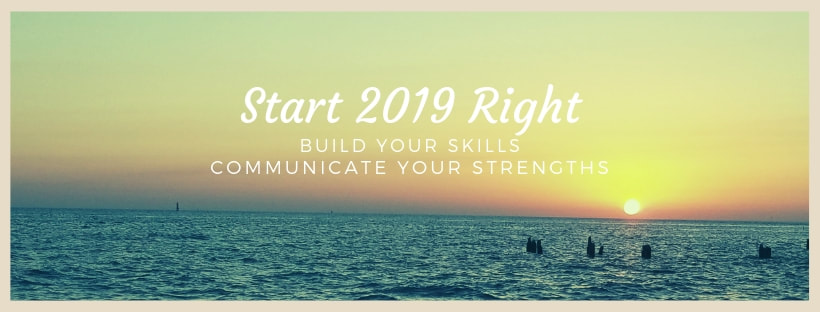|
As one-year closes and another begins, online articles appear to showcase trends we've seen and what to watch. After reviewing a few articles, I've put together a short summary and tips for applying the information to your own career. The commonalities of the articles referenced at the end of the article are self-awareness, accountability, and continual learning. Self-Awareness or emotional intelligence is the ability to identify emotions in yourself and others and how these emotions can impact leadership and performance. This skill can help as we work toward increasing productivity and turnaround while balancing employee well-being and engagement. This includes valuing the differences (generation, culture, gender, etc.) people bring to the table.
Accountability and responsibility come in play with remote workforces, skill building, showing initiative, and involvement in your professional community. These flow multiple directions between leaders and team members. Continual learning and building personal performance help each of us remain agile, resilient, and employable. While employers should help its employees build skills and cultivate strengths, it is the responsibility of everyone to ensure that they are building their skills AND communicating their strengths. 1. Write your stories - Identify your accomplishments and tell your SOAR stories. describe the situation, the opportunity you saw for yourself or your company, the actions you performed, and the results. These stories can be shared during a performance review or added to your resume and LinkedIn profile. 2. Identify your strengths - Analyze your stories and identify the strengths and skills you used. Which strengths and skills did you enjoy using the most? These are core strengths that can be used to build satisfaction and performance. If you are struggling to understand your strengths, use a model like Gallup's Strengths Based Leadership. 3. Develop a personal performance plan for the year. What do you need to learn to increase your performance and stay on top of trends? If you are unsure, conduct informational interviews with leaders or peers to ask about trends and recommendations for continuous learning. Outline how you can incorporate your strengths into your current work tasks or how you can adjust your work to focus more strongly on your strengths. 4. Partner with others to balance your strengths with theirs and increase team performance and agility If you need further assistance check out the additional resources listed below or ask me about coaching. Have a great 2019. Articles: The 8 Most Valuable Career Skills Right Now, According to HR Experts by Julia Glum January 7, 2019 (Retrieved January 8, 2019) The 5 Biggest Leadership Trends to Watch in 2019 by John Eades on December 31, 2018 (Retrieved January 8, 2019) 15 unmistakable qualities of a bad manager by Linda Le Phan on November 13, 2018 Retrieved January 8, 2019) Additional Resources Self Assessment Resource Page Networking Resource Page Assessing Yourself; Assessing Your Strengths (Blog post, June 2, 2017) Demonstrate Strengths (Blog post, 4/4/2017) #Career #Leadership #Strengths
0 Comments
Leave a Reply. |
AuthorJulie L. Bartimus, Archives
May 2021
Categories
All
|
Proudly powered by Weebly

 RSS Feed
RSS Feed